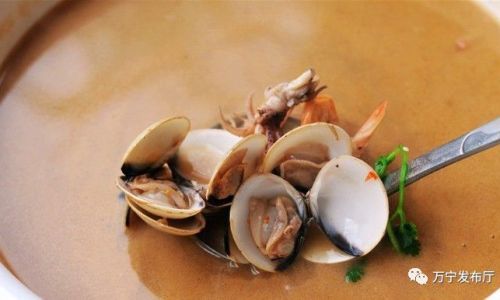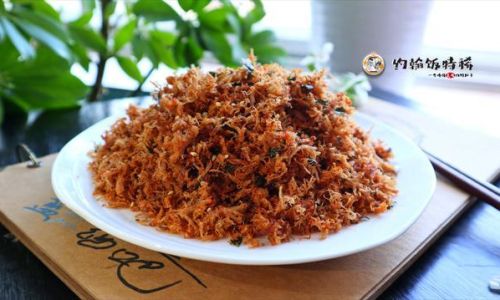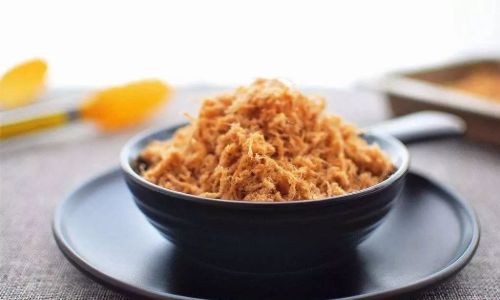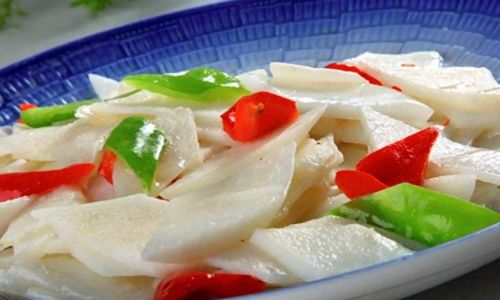Introduction
Indonesian cuisine is a vibrant tapestry of flavors, influenced by its diverse cultural heritage and geographical location. Among the myriad of delicious dishes, Nasi Goreng, or Indonesian fried rice, stands out as a national staple, enjoyed by locals and tourists alike. This dish is more than just a simple meal; it’s a culinary journey that takes you through the aromatic streets of Indonesia, where every spoonful is a testament to the country’s rich culinary heritage.
Making authentic Indonesian fried rice requires a blend of precision, passion, and an understanding of the ingredients that define its essence. From the choice of rice to the perfect balance of spices and condiments, each step is crucial in achieving that signature taste that makes Nasi Goreng truly authentic. In this guide, we’ll delve into the intricacies of preparing this beloved dish, ensuring you can recreate it in your kitchen with the same authenticity and charm.
Choosing the Right Rice

The foundation of any great Nasi Goreng is the rice. While many varieties can be used, Indonesian cooks swear by using jasmine or long-grain white rice. The key is to cook the rice the day before, allowing it to cool completely and dry out slightly. This process, known as “day-old rice,” is vital because it prevents the rice from becoming mushy when stir-fried, ensuring a delightful, separate grain texture.
When cooking the rice, use a ratio of about 1 cup of rice to 1.5 to 2 cups of water. Add a pinch of salt to the boiling water before adding the rice. Once cooked, fluff it gently with a fork and let it cool on a wide tray to prevent clumping. If you’re pressed for time and can’t wait a day, you can spread the freshly cooked rice on a baking sheet and refrigerate it uncovered for a couple of hours to dry it out slightly.
Gathering the Ingredients
Authentic Nasi Goreng is a symphony of flavors, and the ingredients are its orchestra. Here’s a comprehensive list of what you’ll need:
- Rice: As discussed, preferably day-old long-grain or jasmine rice.
- Vegetable oil: For frying.
- Shallots: Finely sliced; they add a subtle sweetness and aroma.
- Garlic: Minced; the backbone of Indonesian cooking.
- Red chili peppers: Sliced thinly or finely chopped, according to your taste preference.
- Fresh shrimp (optional): Peeled, deveined, and chopped into bite-sized pieces.
- Chicken breast (optional): Sliced thinly or cubed.
- Beans sprouts: For crunch.
- Carrots: Shredded or finely diced.
- Green peas: Fresh or frozen.
- Green onions: Chopped.
- Eggs: Scrambled or fried separately and mixed in later.
- Kecap manis: A sweet soy sauce that’s a staple in Indonesian kitchens.
- Soy sauce: Regular, for additional seasoning.
- Salt and pepper: To taste.
- Lime juice: Freshly squeezed, for a tangy kick.
- Fried shallots or onions (optional): For garnish.
- Coriander leaves (optional): Fresh, for garnish.
Cooking the Base
Begin by heating a generous amount of vegetable oil in a large wok or frying pan over medium-high heat. Indonesian cooking often involves a generous use of oil, which helps to create that signature golden, crispy exterior on the rice grains.

Add the finely sliced shallots and cook until they turn golden brown and fragrant. Be careful not to burn them, as this will alter the flavor. Once the shallots are ready, remove them from the pan with a slotted spoon and set them aside for garnish if desired, or leave them in the oil to infuse it with their sweetness.
In the same oil, add the minced garlic and sliced red chili peppers. Stir-fry for a minute or until the garlic is fragrant but not burnt. Remember, garlic burns quickly, so keep a close eye on it.
Adding the Protein and Vegetables
If you’re using shrimp and chicken, it’s time to add them to the pan. Cook the shrimp first, stirring occasionally until they turn pink and opaque. Remove them from the pan and set aside. Next, add the chicken pieces, seasoning lightly with salt and pepper. Cook until they are fully done, then remove and set aside with the shrimp.
In the same pan, add a bit more oil if needed and stir-fry the shredded carrots and green peas until they are tender but still crisp. Add the bean sprouts last, as they cook very quickly and should retain their crunch.
Stir-Frying the Rice

Now, it’s time for the main event. Add the day-old rice to the pan, breaking up any clumps with your hands or a fork before adding. Stir-fry the rice over medium-high heat, tossing constantly to ensure it doesn’t stick to the bottom of the pan. The rice should start to turn golden brown and develop a crispy exterior.
Pour in a few tablespoons of kecap manis and a splash of soy sauce, stirring well to coat each grain of rice evenly. Adjust the seasoning with salt and pepper to taste. If the rice seems too dry, you can add a splash of water, but be cautious as too much liquid can make the rice soggy.
Incorporating the Eggs and Proteins
Push the rice to one side of the pan and add a bit more oil if necessary. Scramble the eggs directly in the pan, mixing them gently with the rice once they are cooked. Alternatively, you can scramble the eggs separately and fold them into the rice later.
Finally, add back the cooked shrimp and chicken, mixing everything together gently but thoroughly. Ensure the heat is high enough to keep the rice warm and slightly crispy but not so high that it burns.
Finishing Touches

Squeeze some fresh lime juice over the rice, stirring gently to incorporate. The tanginess of the lime juice will brighten up the flavors and balance the sweetness of the kecap manis.
Serve the Nasi Goreng hot, garnished with the reserved fried shallots or onions, chopped green onions, and fresh coriander leaves if using. A side of sambal oelek (chili paste) or a simple tomato and cucumber salad can enhance the dining experience further.
Conclusion
Authentic Indonesian fried rice is more than just a meal; it’s a culinary adventure that takes you through the vibrant flavors and aromas of Indonesia. By following this guide, you’ll be able to recreate this beloved dish in your kitchen, capturing its essence and charm. Remember, the key to perfect Nasi Goreng lies in the balance of flavors, the right choice of ingredients, and the technique of stir-frying. Happy cooking, and enjoy every bite of your authentic Indonesian fried rice!






0 comments